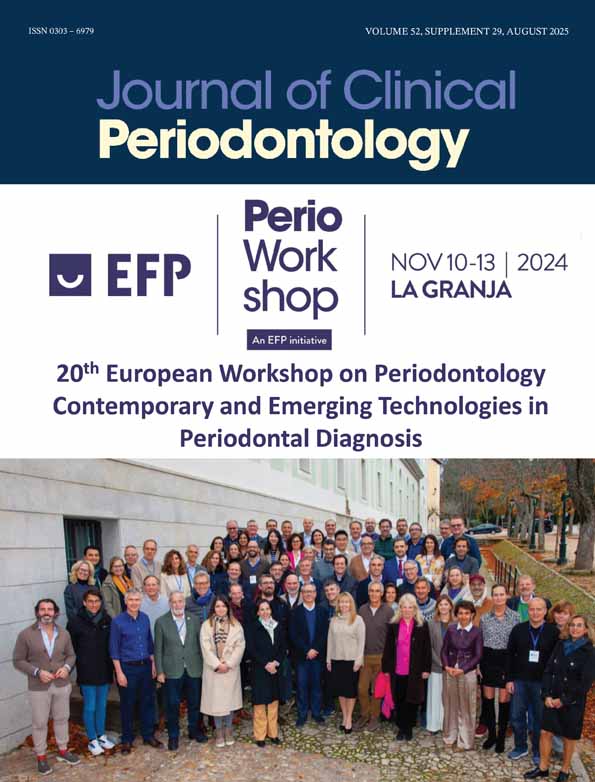Effect of glycyrrhizin-containing toothpaste on dental plaque reduction and gingival health in humans
A pilot study
We gratefully acknowledge the helpful advice of Dr. Wolfgang Weinert, Head of Blend-a-Med Research, and financial assistance of Blendax-Werke, Mainz, Germany. We are greatly indebted to Mrs. Ruth Kaplan from the Department of Community Dentistry for her cooperation.
Abstract
Abstract Glycyrrhizin, the main saponin of licorice, a surfactant producing aqueous gel, was tested for its effect on gingival health, as a supplemental agent in a toothpaste. 40 male and female volunteers brushed their teeth twice daily, with a toothpaste containing 0.25% and 0.50% glycyrrhizin, or a control toothpaste, respectively. All 3 toothpastes contained sodium lauryl sulfate as detergent. The subjects of the 3 groups were examined at days 0, 7, 14, 28, 35 and 42 for plaque, gingival and bleeding indices. The examiner was unaware of subject assignement. None of the brushing regimens with the experimental toothpastes induced significant changes in the examined indices, that were distinct from those observed with the control toothpaste. The decrease (insignificant) in the indices of the study period from 0 to 14 days may be considered as an increased oral hygiene awareness by the subjects examined. Possible explanations for the lack of efficiency in improvement of plaque, gingival and bleeding indices, may have been an insufficient glycyrrhizin concentration and/or chemical incompatibility in a toothpaste containing a mixture of an anionic detergent and an organic antibacterial surface agent.




